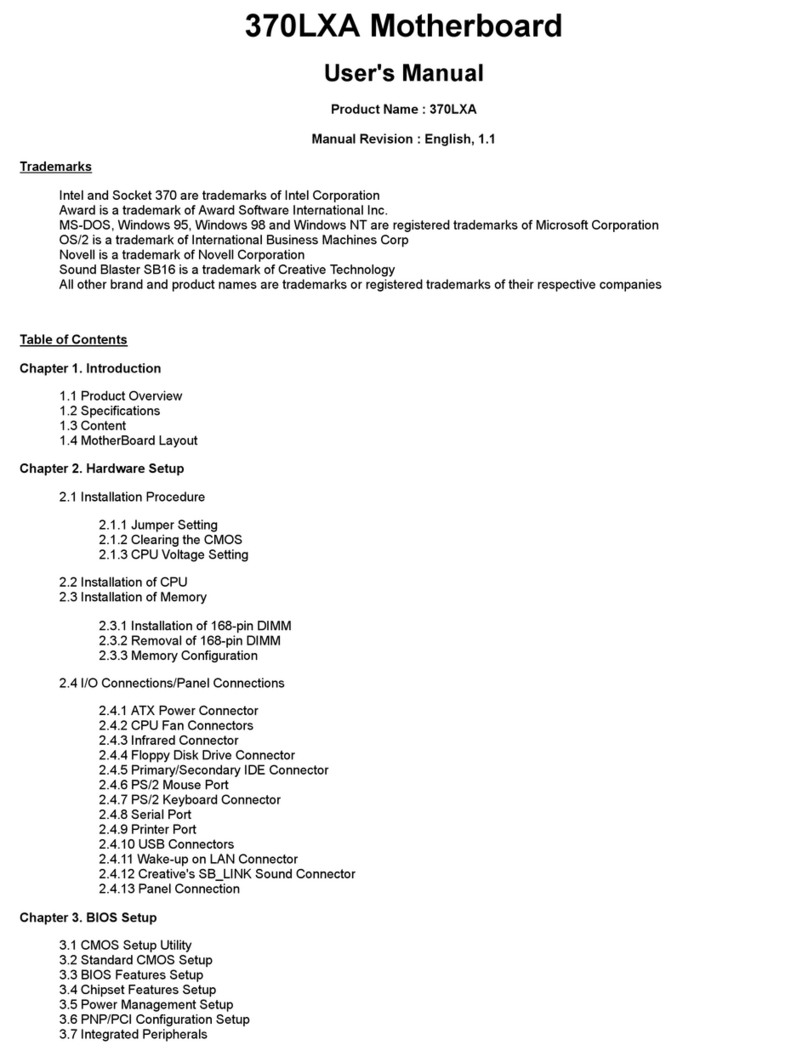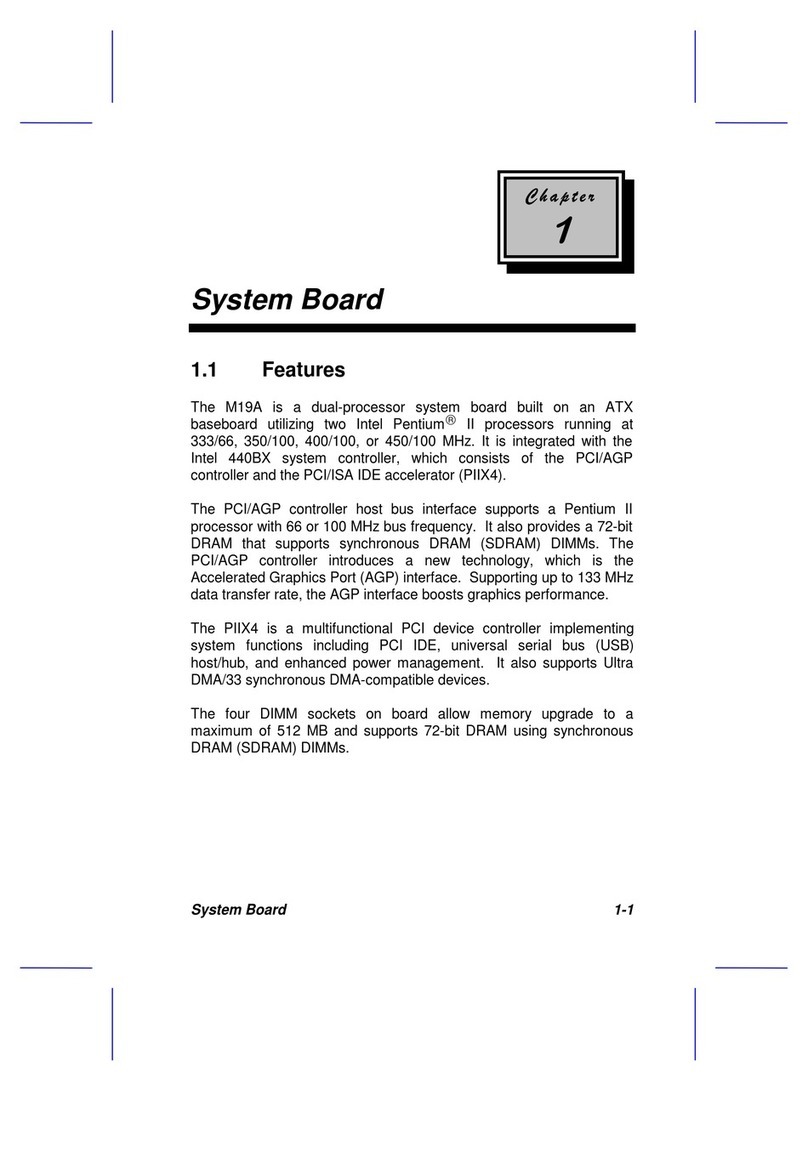Acer V55LA-2 User manual
Other Acer Motherboard manuals

Acer
Acer V55 System User manual
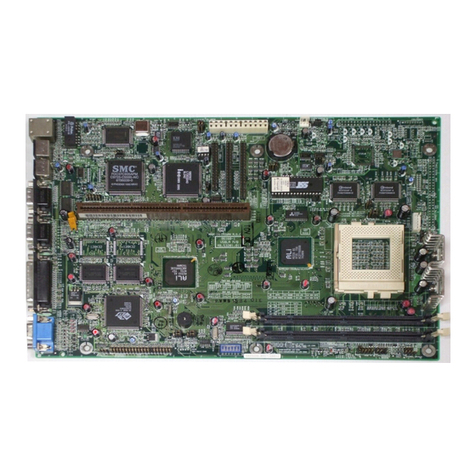
Acer
Acer AcerPower 3000 Installation instructions

Acer
Acer V70MA User manual

Acer
Acer V62X User manual

Acer
Acer Power SE User manual
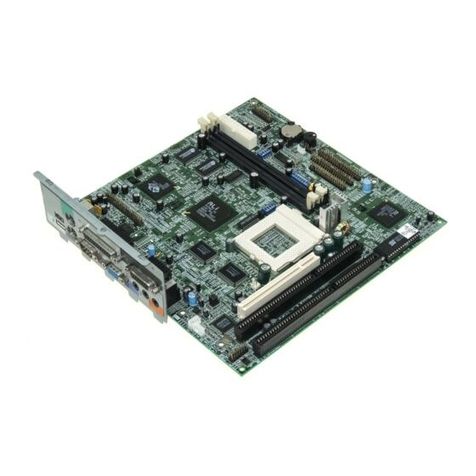
Acer
Acer V70MA Installation instructions

Acer
Acer V58 User manual

Acer
Acer 486 User manual
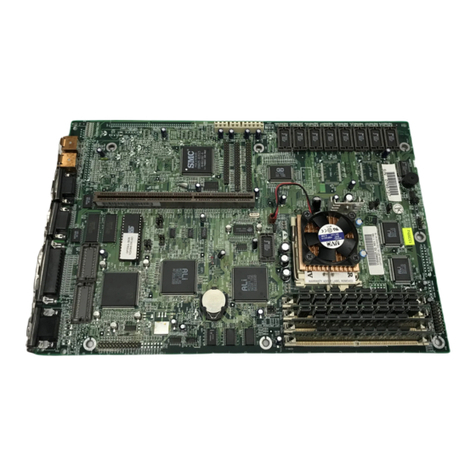
Acer
Acer V50LA User manual

Acer
Acer Altos 900 Pro User manual

Acer
Acer V50LA User manual

Acer
Acer AcerPower 6200 User manual

Acer
Acer Altos 9100 Series User manual

Acer
Acer AcerPower Flex4000 Series User manual

Acer
Acer M3A User manual

Acer
Acer Altos 9100B User manual
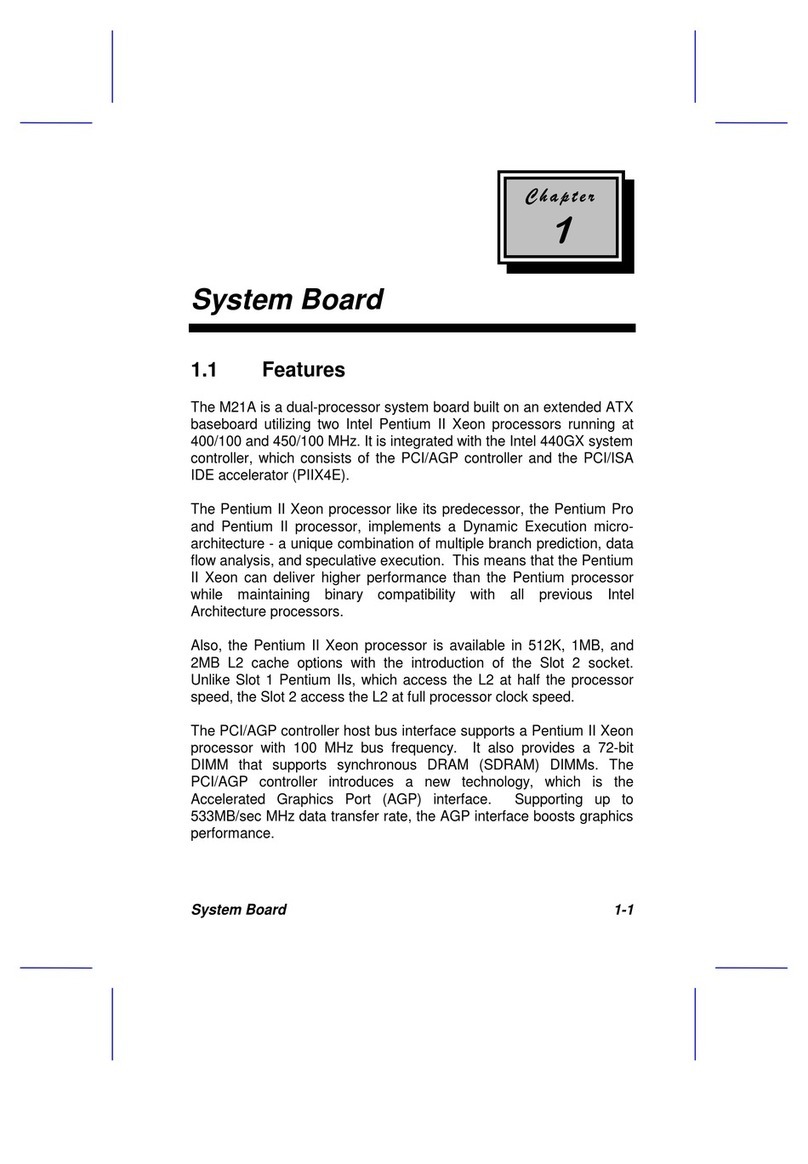
Acer
Acer 12000 User manual

Acer
Acer AcerPower 3000 User manual

Acer
Acer V38X User manual

Acer
Acer V65XA Installation instructions

